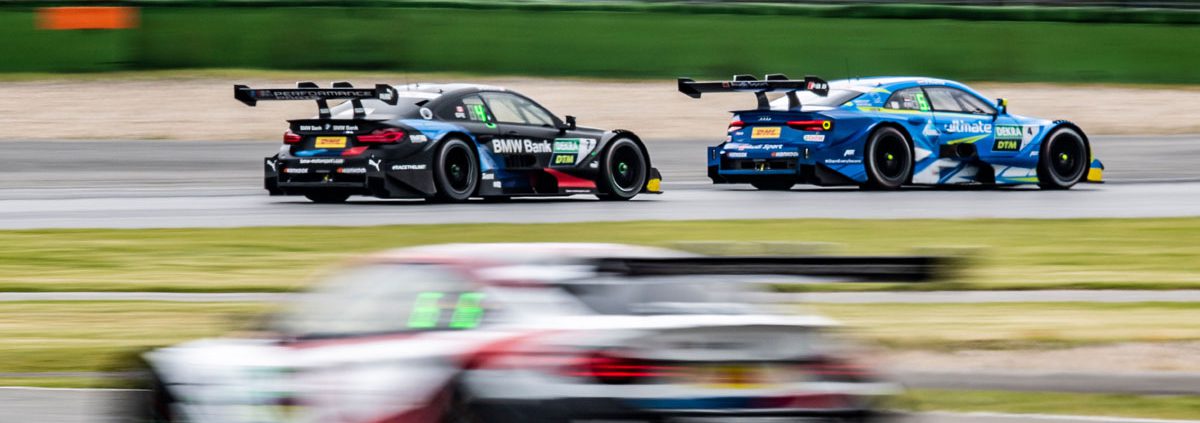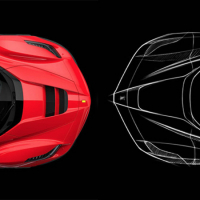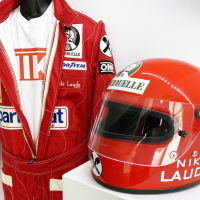DTM, Europe’s Most Popular Touring Series
This year’s new season in DTM represents far more than just a fresh lick of paint and the appearance of some new faces; DTM is making huge changes. Gone are the venerable V8 engines, replaced by loud and powerful four-cylinder turbo-charged units. Now equipped with upwards of 600bhp, DTM’s new breed of car is the series’ fastest ever. And a suite of aerodynamic mods and an additional overtake-boost feature will make them even more of a handful. Aston Martin has replaced Mercedes-Benz; the British brand runs under official license by Swiss team R-Motorsport. It joins Audi and BMW to make DTM one of the most premium grids in the world.
But what are the main changes? A numerous of aerodynamic changes and technical refinements means there’s a lot to learn during this revolutionary season of DTM. More power means more tire degradation: “Getting the tires working will be a big story for the opening races,” says Arno Zensen, team principal at Audi Sport Team Rosberg. “Because the tires are the same but the torque is much greater, we will have a lot more tire problems, and that will make it more interesting, for sure.”
Racing drivers always want more power. Luckily, so do the fans. And DTM has certainly delivered in that department for 2019. Last year’s V8 engines produced around 500bhp; this year’s new two-litre, four-cylinder turbo delivers around 610bhp – and a further 30 when it’s pushed into push-to-pass ‘overtake mode’. That’s a sizeable upgrade. More power means more action!
This year’s addition of a new push-to-pass (P2P) boost system alongside the pre-existing DRS rear wing puts considerable responsibility on the drivers to manage the workload. “They’ll really have to manage things by themselves,” says Audi Team Phoenix team manager Dirk Theimann. “That could possibly mean that the drivers with more experience, or those who’ve done long-distance races, are more likely to be at the front.”
We’re set for a thrilling DTM season, the best yet! But before leaving this page you might be interested to read another blog post on Ferrari’s first 1,000 hp hybrid supercar.




